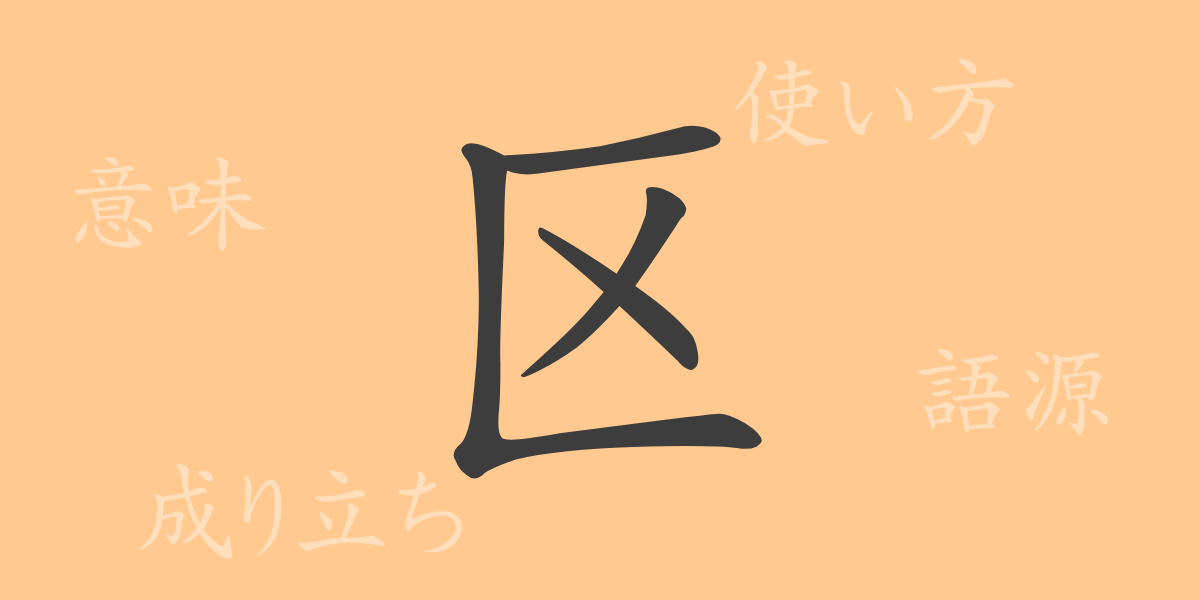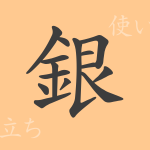Language is a mirror of culture. Japanese characters, especially kanji, reflect the lives and culture of the Japanese people through their form and meaning over a long history. In this article, we focus on the commonly used kanji “区(く),” exploring its deep history and usage. Let’s uncover how this single character has become ingrained in Japanese society and language.
Origin of 区(く) (Etymology)
The kanji “区(く)” originally comes from ancient Chinese characters. In the ancient style of seal script, it was used as a symbol to denote a division or section. This character was introduced to Japan along with the spread of Chinese culture and kanji, eventually being used to denote administrative divisions in Japan.
Meaning and Usage of 区(く)
The kanji “区(く)” is mainly used to indicate sections or areas. The most common usage is in administrative divisions, such as “渋谷区(しぶやく)” (Shibuya Ward) or “中央区(ちゅうおうく)” (Chuo Ward), which are urban administrative units. Additionally, it is used in the sense of distinguishing or separating, as in “区別(くべつ)” (distinction).
Readings, Stroke Count, and Radical of 区(く)
The kanji “区(く)” has several characteristics in its readings and writing in Japanese.
- Readings: On’yomi (Chinese reading) – く; Kun’yomi (Japanese reading) – none
- Stroke count: 4 strokes
- Radical: 匸(けいがまえ) (enclosure radical)
Idioms, Phrases, and Proverbs Using 区(く)
There are various idioms and phrases that include the kanji “区(く).” Here are some examples and their meanings:
- 「行政区(ぎょうせいく)」 – Refers to an administrative district.
- 「商業区(しょうぎょうく)」 – Indicates a commercial area where business facilities are concentrated.
- 「住宅区(じゅうたくく)」 – Refers to a residential area where housing is clustered.
Conclusion on 区(く)
The meanings embedded in a single kanji reflect the culture and history of its country. The character “区(く)” has played a significant role in denoting geographical divisions and social classifications in Japan. Understanding such commonly used kanji opens the door to a deeper comprehension of the Japanese language.

























